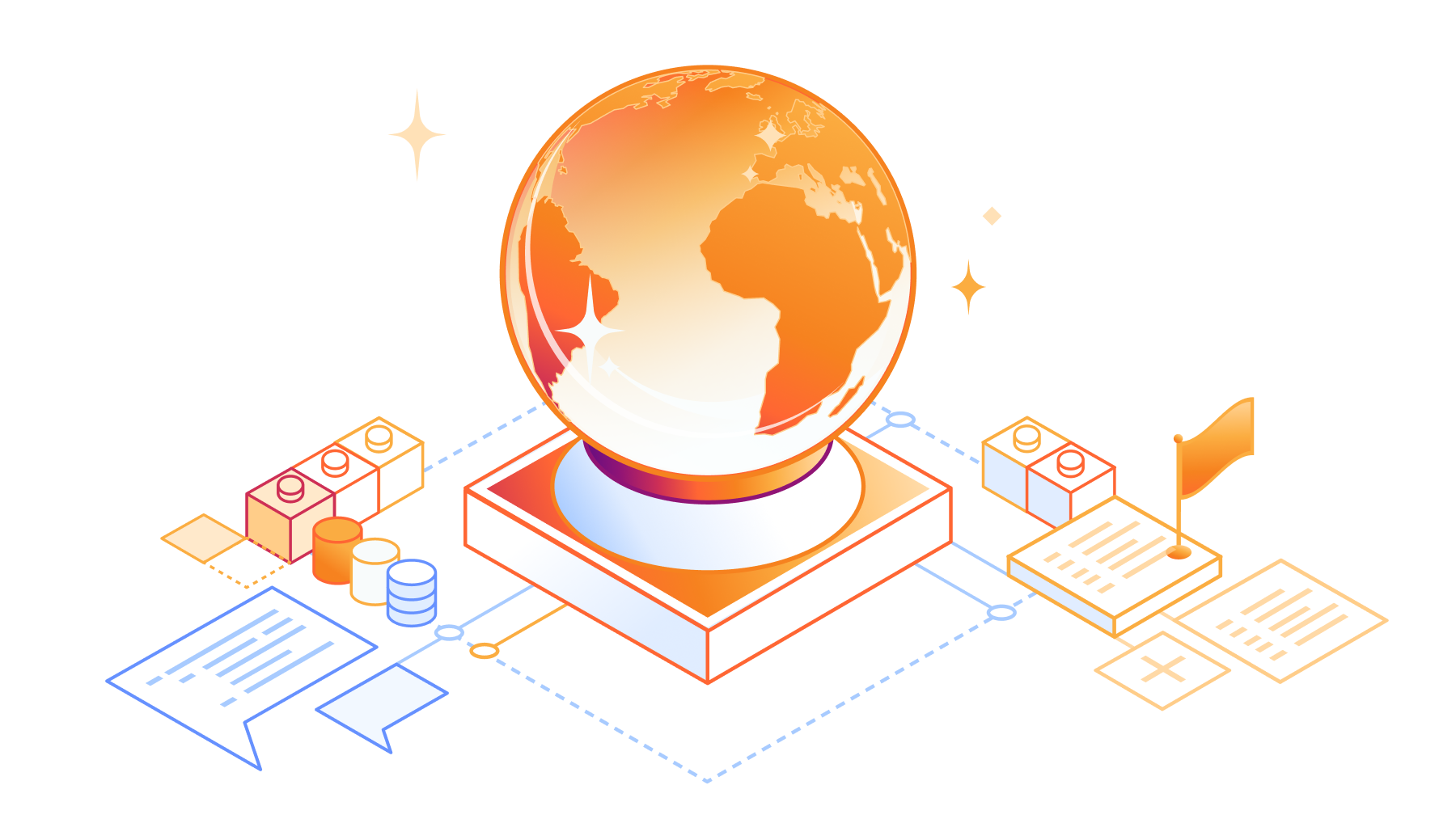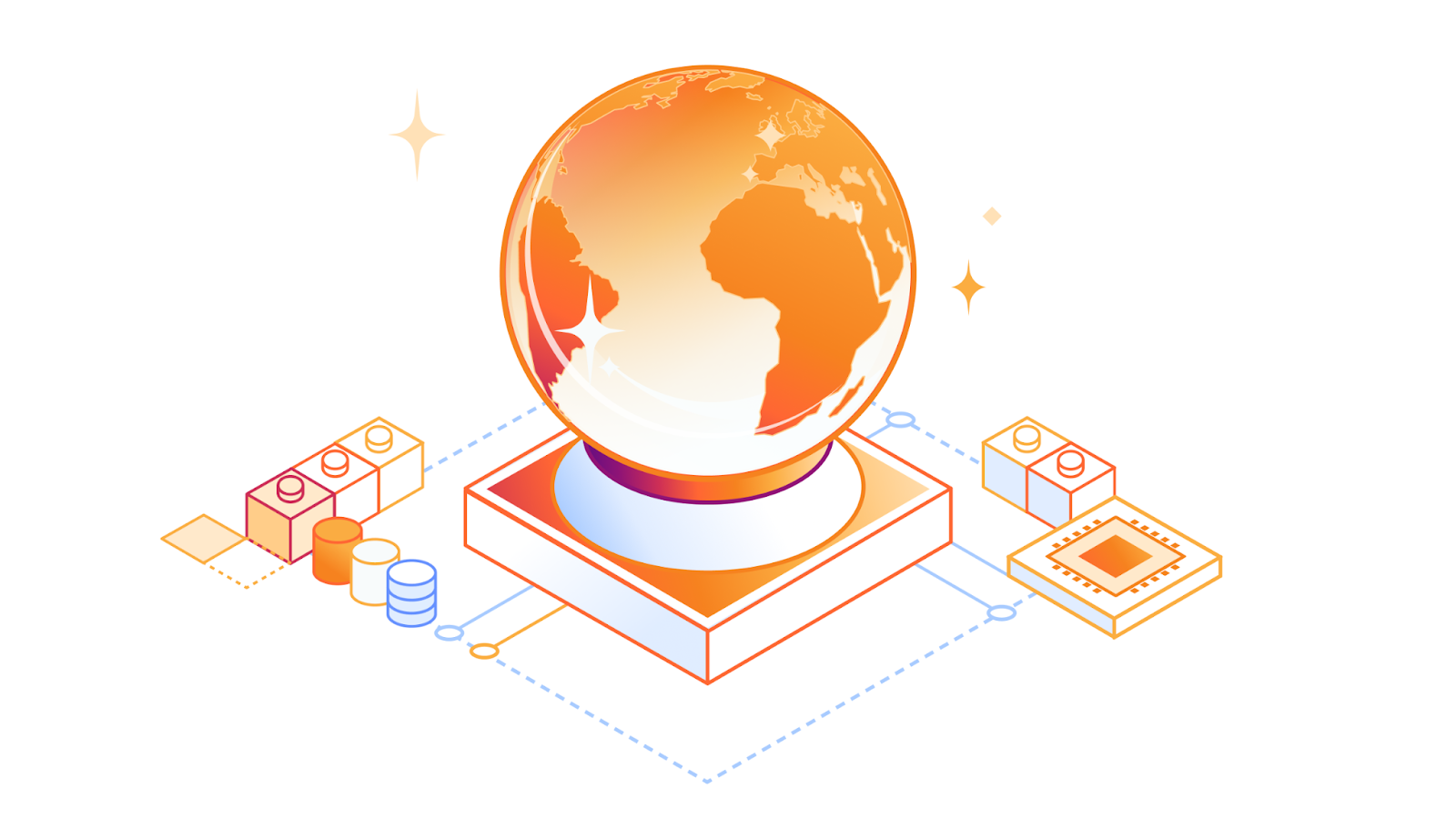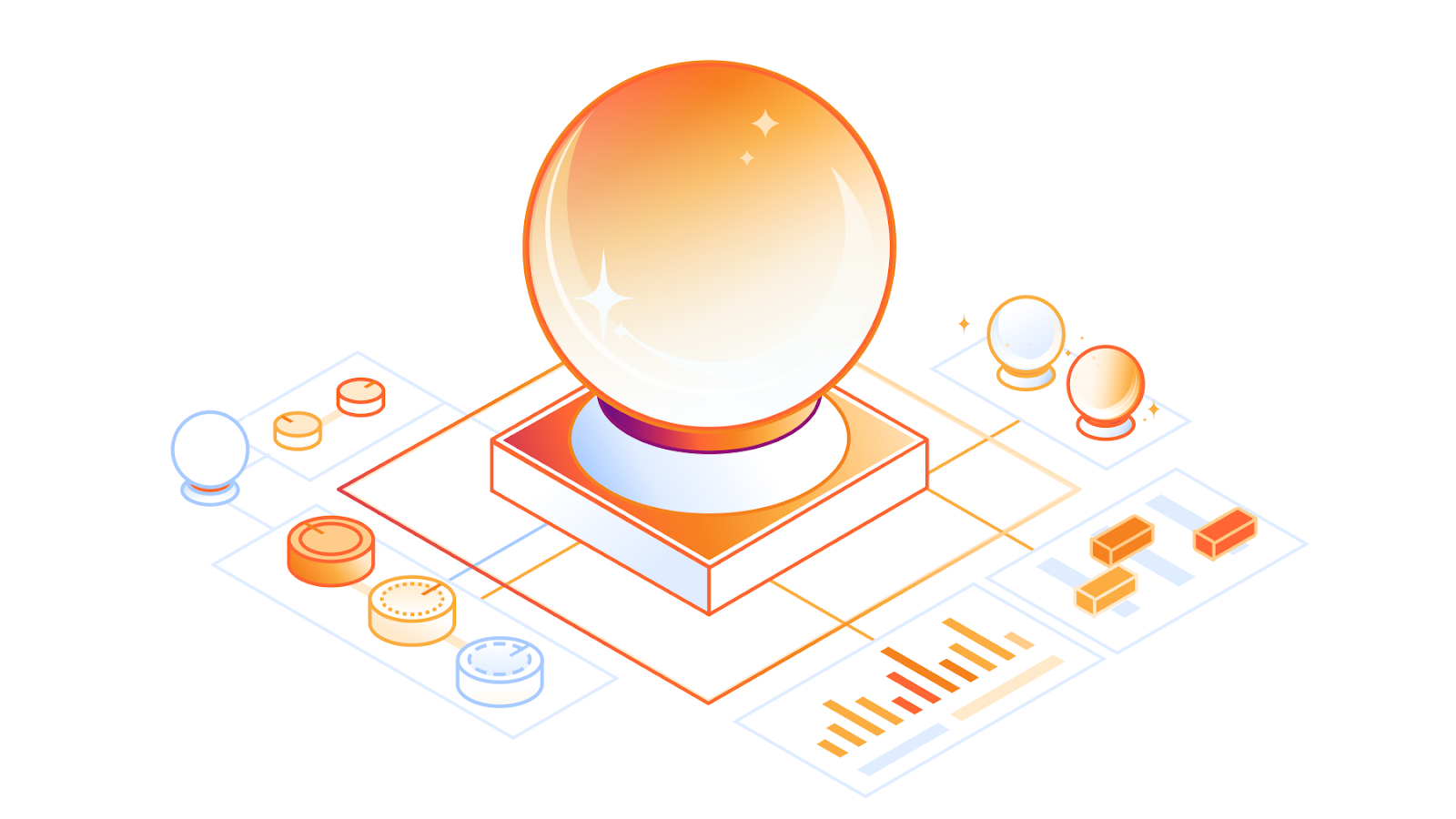Author Archives: Michelle Chen
Author Archives: Michelle Chen

We are thrilled to give developers around the world the ability to build AI applications with Meta Llama 3 using Workers AI. We are proud to be a launch partner with Meta for their newest 8B Llama 3 model, and excited to continue our partnership to bring the best of open-source models to our inference platform.
Workers AI’s initial launch in beta included support for Llama 2, as it was one of the most requested open source models from the developer community. Since that initial launch, we’ve seen developers build all kinds of innovative applications including knowledge sharing chatbots, creative content generation, and automation for various workflows.
At Cloudflare, we know developers want simplicity and flexibility, with the ability to build with multiple AI models while optimizing for accuracy, performance, and cost, among other factors. Our goal is to make it as easy as possible for developers to use their models of choice without having to worry about the complexities of hosting or deploying models.
As soon as we learned about the development of Llama 3 from our partners at Meta, we knew developers would want to start building with it as quickly as possible. Continue reading
This post is also available in 简体中文, 繁體中文, 日本語, 한국어, Deutsch, Français and Español.

Welcome to Tuesday – our AI day of Developer Week 2024! In this blog post, we’re excited to share an overview of our new AI announcements and vision, including news about Workers AI officially going GA with improved pricing, a GPU hardware momentum update, an expansion of our Hugging Face partnership, Bring Your Own LoRA fine-tuned inference, Python support in Workers, more providers in AI Gateway, and Vectorize metadata filtering.
Today, we’re excited to announce that our Workers AI inference platform is now Generally Available. After months of being in open beta, we’ve improved our service with greater reliability and performance, unveiled pricing, and added many more models to our catalog.
With Workers AI, our goal is to make AI inference as reliable and easy to use as the rest of Cloudflare’s network. Under the hood, we’ve upgraded the load balancing that is built into Workers AI. Requests can now be routed to more GPUs in more cities, and each city is aware of the total available capacity for AI inference. If the request Continue reading
This post is also available in 简体中文, 繁體中文, 日本語, 한국어, Deutsch, Français and Español.

Today, we’re excited to announce that you can now run fine-tuned inference with LoRAs on Workers AI. This feature is in open beta and available for pre-trained LoRA adapters to be used with Mistral, Gemma, or Llama 2, with some limitations. Take a look at our product announcements blog post to get a high-level overview of our Bring Your Own (BYO) LoRAs feature.
In this post, we’ll do a deep dive into what fine-tuning and LoRAs are, show you how to use it on our Workers AI platform, and then delve into the technical details of how we implemented it on our platform.
Fine-tuning is a general term for modifying an AI model by continuing to train it with additional data. The goal of fine-tuning is to increase the probability that a generation is similar to your dataset. Training a model from scratch is not practical for many use cases given how expensive and time consuming they can be to train. By fine-tuning an existing pre-trained model, Continue reading

On February 6th, 2024 we announced eight new models that we added to our catalog for text generation, classification, and code generation use cases. Today, we’re back with seventeen (17!) more models, focused on enabling new types of tasks and use cases with Workers AI. Our catalog is now nearing almost 40 models, so we also decided to introduce a revamp of our developer documentation that enables users to easily search and discover new models.
The new models are listed below, and the full Workers AI catalog can be found on our new developer documentation.
Text generation
Summarization
Text-to-image
Image-to-text
Today’s catalog update includes a number of new language models so that developers can pick and choose the best LLMs for their use cases. Although most LLMs can be generalized to work in any instance, there are many benefits to choosing models that are tailored for a specific use case. We are excited to bring you some new large language models (LLMs), small language models (SLMs), Continue reading


Today, we’re excited to announce our beta of AI Gateway – the portal to making your AI applications more observable, reliable, and scalable.
AI Gateway sits between your application and the AI APIs that your application makes requests to (like OpenAI) – so that we can cache responses, limit and retry requests, and provide analytics to help you monitor and track usage. AI Gateway handles the things that nearly all AI applications need, saving you engineering time, so you can focus on what you're building.
It only takes one line of code for developers to get started with Cloudflare’s AI Gateway. All you need to do is replace the URL in your API calls with your unique AI Gateway endpoint. For example, with OpenAI you would define your baseURL as "https://gateway.ai.cloudflare.com/v1/ACCOUNT_TAG/GATEWAY/openai" instead of "https://api.openai.com/v1" – and that’s it. You can keep your tokens in your code environment, and we’ll log the request through AI Gateway before letting it pass through to the final API with your token.
// configuring AI gateway with the dedicated OpenAI endpoint
const openai = new OpenAI({
apiKey: env.OPENAI_API_KEY,
baseURL: "https://gateway.ai. Continue reading